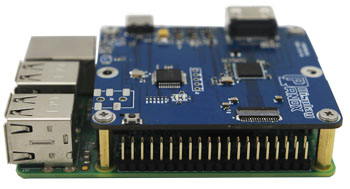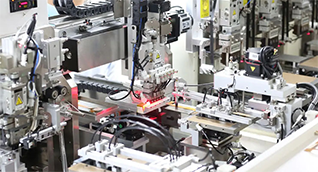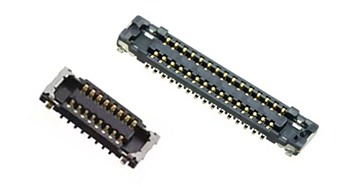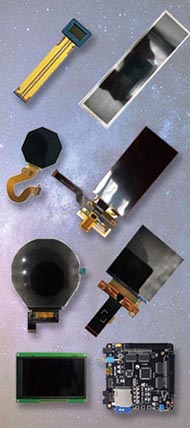How To Make A Customized LCD?
A lot of end-users embrace screen customization when purchasing LCD screens for use in their products. This is because a client’s own product often has a unique design, which necessitates the incorporation of a customized LCD screen.
There are three main steps involved in securing a customized LCD. It involves:
1.Submitting the Requirements
This step involves the end-user providing their requirements, including the required screen size, resolution, brightness, interface, shape size, AA area size, PIN definition, temperature range, service life, and any specific requirements for the touch screen.
The more detailed the design, the better. A detailed design will ensure that the molding process runs as smoothly as possible. If possible, it is definitely beneficial to provide detailed drawings at this stage, as this will save a lot of time and cost in the long term.
2. Confirming the Drawing
LCD manufacturers will generally design and send drawings to clients for approval within one week of receiving the requirements.
End-users need to carefully review these drawings before giving their assent to proceed. This will involve reviewing the outline design drawings, any modified drawings, the mold-making process, layout design, photoresist film making (electrode x2, frame, silver dot, PI, test PCB), and screen-printing screen, relief plate, and the test stand. After the client has approved the drawings, the LCD manufacturer can begin the process of sample production.
3.Confirming the Sample
LCD screen manufacturers will arrange production after confirming the drawings. The lead time is dependent on several factors, including the difficulty of the design. Under normal circumstances, however, the lead time of the module is about 20 days, and the lead time of the assembly is about 25 days.
LCD manufacturers will ensure the sample undergoes strict tests before anything is shipped to the client. Following the completion of testing and final approval from the client, the LCD manufacturer will begin to prepare for small-batch production.
Conclusion
As you can see, the steps involved in producing a customized LCD screen are not complex. We at Panox Display are able to offer professional advice and guide you through the process from start to finish.
How To Order A Customized Backlight?
1. First of all, the customer needs to provide the size of the LCD backlight, including its length, width, and thickness. Because the thickness will affect the choice of lamp as well as the lamp board, this measurement must be provided.
2. It is necessary to provide the color of the LED light, because the work will be carried out in a variety of places where there are certain requirements regarding the color of the LED light. The most common colors are white, red, blue, etc. Of course, if the brightness of the LCD backlight has different requirements, it may affect the number of lights, so those special requirements must be explained.
3. A very important parameter is the conductive connection of the LCD backlight, which needs to be provided by the customer regarding the situation of their own products. It’s usually an FPC connection, PCB pin connection, lead connection or pin connection that’s used to conduct. But of course, the most used is a pin connection.
4. Secondly, the customer also needs to provide voltage. The effects of different voltages varies in terms of how bright or dim the light is. In order keep the LCD backlight from burning or having a poor effect, the voltage must be provided.
5. The last parameter is the shape, the most common is the rectangular LCD backlight, but there are some other relatively grotesque shapes. A strangely shaped backlight is difficult to make, and the diaphragm will also be hard to make. So, if the client wants us to make it we need to confirm whether our factory can make this uniquely shaped LCD backlight in advance

Verification Code*
Panox Display

OEM SERVICE
Customized Touch Panel

HDMI/Type-C Controller/Driver Board

Custmized LCD/OLED

Free Connectors
For More OLED/LCD Panels
PURCHASEMENT
SERVICE
Panox
COPYRIGHT © 2015-2025 Panox Electronics Co.,Ltd.
ONE-STOP DISPLAY SYSTEM SOLUTION









